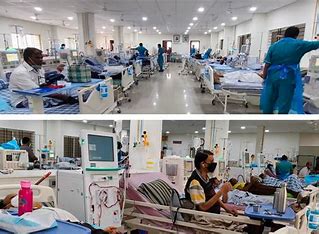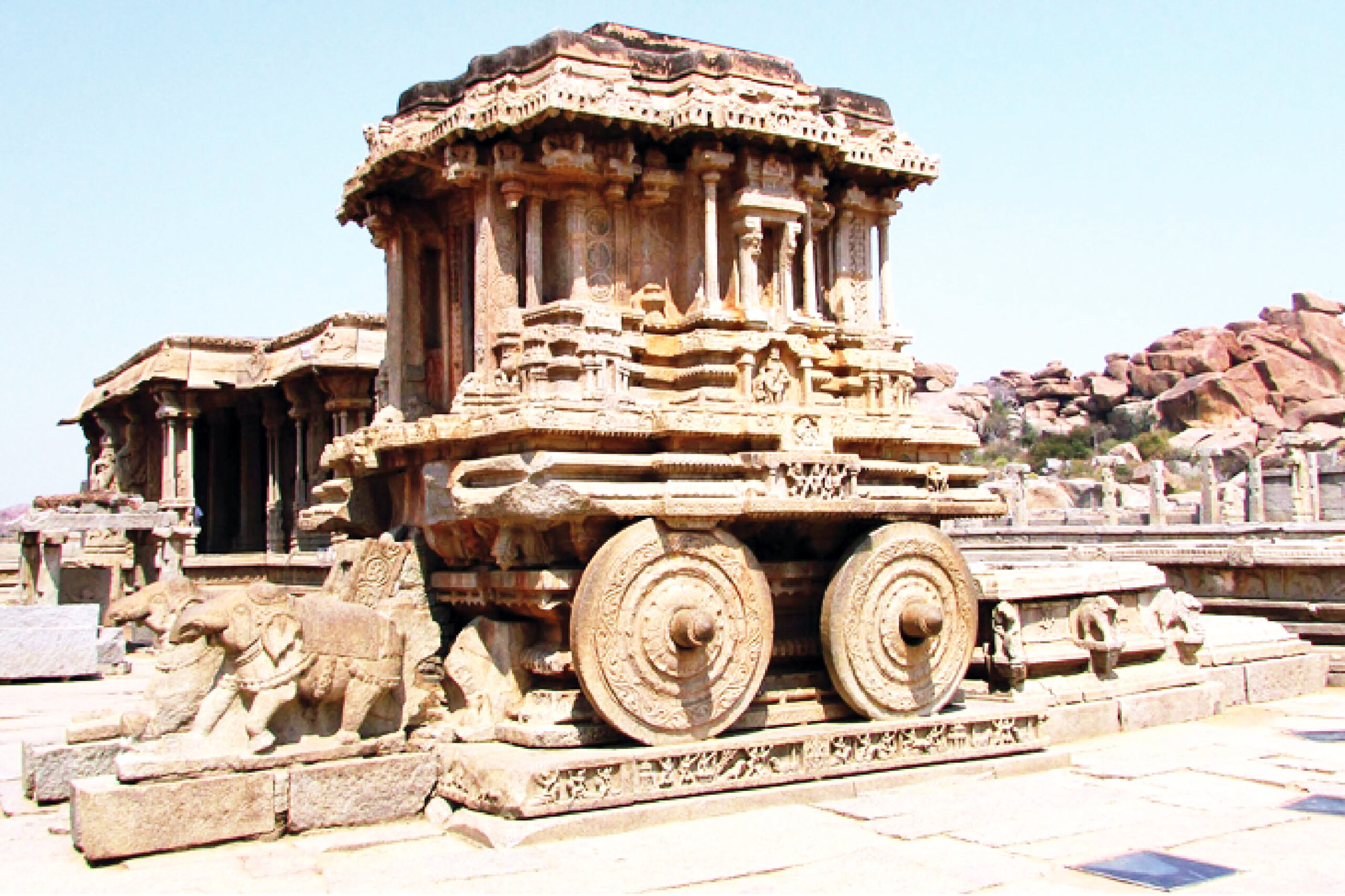
Many of us have not forgotten the fiercely contested 2021 Assembly elections in West Bengal. Post the visible and non-visible violence in the Panchayat polls of 2018–where more than one third of the total seats went to the ruling dispensation uncontested and the surprising undercurrent of the Modi wave in 2019 general elections where BJP stole 18 out of the 42 seats from under the nose of the TMC–many thought 2021 would be the year for yet another “poriborton” (change) in the state. While the opinion polls kept throwing up confusing numbers, and the BJP bombarded the minds of the voters with “double engine” promises, and Prashant Kishore employed all unscrupulous methods in his armoury, a silent campaign fogged the areas of the Presidency division constituting five districts of South Bengal namely Kolkata, Howrah, Nadia, North and South 24 Parganas. The spill-over effect flowed into parts of Hoogly and Bardhaman as well. Till today, nobody had claimed responsibility of being the mastermind behind the famous “No Vote to BJP” campaign which played arguably the most important role in turning the tide that much away from the BJP as was needed. Though labelled as a citizen’s movement against “communal forces”, pundits see the hands of the leftists and/or the ultra-leftists behind it as they have been the proven champions of anonymous underground movements in Bengal and elsewhere in the country. Many crypto-leftist, fence-sitters and neutral intellectuals openly backed the movement as if it was the sacred crusade. When the results came in, it was seen that BJP had swept the seats of the north, got a little untidy but still dominated the west, but went toothless in the area from where the maximum number of seats came – the Presidency division. An unprecedented consolidation of Muslim votes happened against the BJP in the name of CAA or NRC or whatever while close to 60% of the Hindu votes went to the BJP leaving the Congress and Left combine high and dry with zero seats and meagre votes even in traditional strongholds. “No Vote to BJP” is seen as a campaign very close to the hearts of the Bengali intellectuals who are ridden with multi-fold compulsions.
Compulsive Secularism: A Bengali intellectual, most of whom are Hindus, are under a constant stress of meeting their livelihood from a market which is constantly shrinking because of a lack of interest in the language by the millennial population and slowing of overall economic activity in the state suffering from a persistent flight of capital. In a desperate bid to expand the market, they look at Bangladesh and Bangladeshi origin people as potential consumers of their produce since they speak the same language (almost).
Stockholm syndrome: Bengalis are a community who perpetually suffer from the Stockholm syndrome in its classical form. The generation who faced genocide in East Pakistan in the early 1970s or who had to flee to West Bengal leaving their wealth and pride back there in the late forties have gone up in smoke. The peace-loving reasonably settled third or fourth generation descendants are not inclined to carry the burden of memories in their mind. “Happily oblivious” and “knowingly naïve” are the two types of Bengali population who have built a bubble of harmony using the tools of secularism offered by the state to dig the head into the sand.
Traditional romanticism around the leftist-secular movement: Like the rest of India, the immediate years of post-independence saw Congress rule under the charismatic physician Dr Bidhan Chandra Roy. Bengal and Punjab were the two provinces which faced the pressure of migrant influx from across the Radcliffe-drawn border. While Punjab being close to Delhi, received a lot of attention, Bengal did not receive much. The resources available with Dr Roy for a proper rehabilitation of the uprooted population were severely inadequate leading to widespread resentment. The leftists under then firebrand leader Jyoti Basu caught the imagination of the suffering proletariats through their ideology of classless equality. When the leftists came into power first in 1967 and later in 1977, they made sure they provide respite and opportunities to this population through whatever means they had at their disposal–be it land reforms or regularizing landgrab settlements. The physical benefits rolled-out coupled with the psychological benefits of being equal in a traditionally unequal society encouraged many people from the erstwhile east Bengal to become permanent admirers of the party. But the party had a condition: the secularism flag had to fly high no matter how painful it might be to the victims of violence. Partly for their previous connections with ‘Suhrawardy and company’ and a veiled support for the Pakistan cause, and partly because of Marx’s famous dictum that ‘religion is opium’, leftists could not have let religious feelings, especially of animosity, grow or even exist.
Generations of brainwashing in this particular area has seasoned the minds of the educated including the intellectual class that religious was indeed opium, and Hinduism was, because of caste divides etc, the worst amongst all. Colleges were staffed with leftist professors who encouraged their Hindu students to believe they were born into sin which they had to redeem themselves through practise of superior virtues propagated by the party. It would need a generational change for this belief to fade.
The validation ecosystem: There is a famous dialogue in 2022 movie ‘The Kashmir Files’ which loosely translates into, “So what if the government is theirs, the system is ours.” It is a fact that the total control over the national narrative and national institutions—social, political, cultural, economic, academic—had been in the hands of the left-liberal ecosystem for years. The right to validate the candidature of anybody who wants to excel in any discipline of choice rested in the hands of those who valued ideological allegiance more than talent. Aspirants who would think or believe differently from what was allowed by the eco-system rulebook would never receive the platform or validation from the masters. This method of tactical coercion has successfully generated breeds of like thinking and like behaving intellectual class in Bengal and India.
Coercion by the state: What was implied under the left system became expressed under the Trinamool regime. The left used the celebrities and intellectuals in a nuanced fashion. They used them to spread the ideology through their art forms without dragging them into the dirty pitch of electoral politics. Few stalwart intellectuals had joined the party, even contested, but that was at a limited scale. Under the TMC, the rules of the game became different. To understand this change in some depth, we will have to start from the last few years of the left government when then chief minister Buddhadev Bhattacharya was trying to persuade investment into the starving start. By then the labour friendly movements of the labour unions had successfully shut down most of the factories, whatever survived moved out to other states. Bhattacharya was committed to bring an economic change. He invited the tatas to setup the Nano factory in Singur. He also started to acquisition land for a SEZ in Nandigram. Since the days of the land reforms, land has been a sensitive emotion for the people of Bengal; taking it away through law, with or without adequate compensation was no less than fuelling a volcano. Mamata Banerjee made full use of that situation to build a massive agitation at both the places. Encouraged by the success of the tactic, Banerjee, after arriving in power, made sure the supporting intellectuals were taken care of. Many committee memberships and election tickets went to them. With time, the phenomenon kept growing. It soon happened that top movie stars at the prime of their career took a plunge into electoral politics under her banner. The virus started spreading so much that soon it turned into a ‘ours versus theirs’ game. BJP tried to emulate the same tactic in the 2021 elections with no success. Artists and intellectuals still aligned with the BJP complain that finding work has become difficult, at times impossible for them. It is understood that things are little less bad for artists still aligned with the Left. The intellectual class has been rendered impotent when it comes to protests against the limitless corruption of the TMC government and its wrongdoings, so much so that the term intellectual or ‘Buddhijibi’ sounds like a cuss word to the ears of many in the public.
Chirajit Paul is a novelist and playwright. His play ‘The Intellectual’ deals with the predicament of a Bengali intellectual in modern times.















